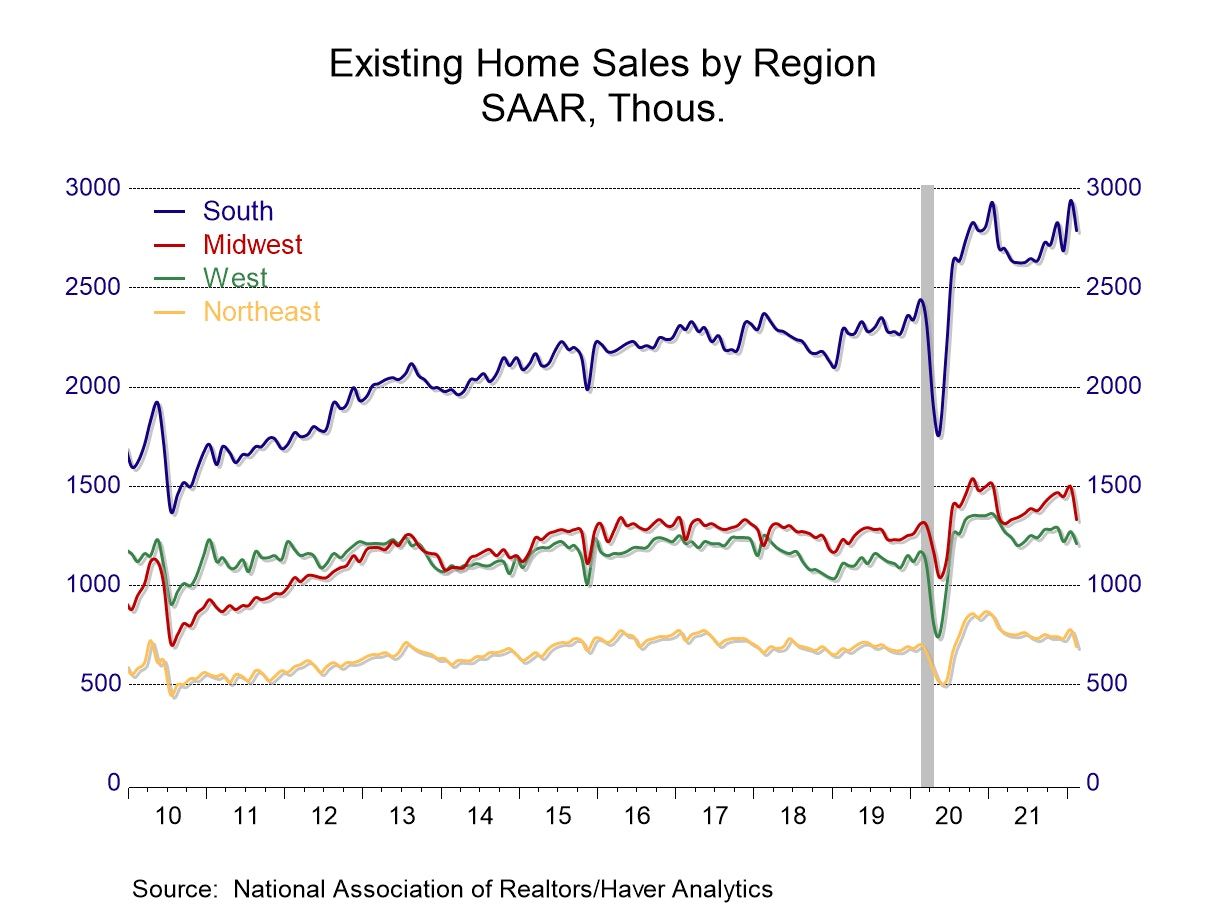The U.K. CBI survey for March 2020 shows orders moving up to a net diffusion reading (up minus down) of 26 from 20 in February. That compares to a net of 24 in January. The January reading is above the three-month, six-month, and 12-month averages. It's a strong reading for orders and it shows that manufacturing in the U.K. is still carrying forward momentum. Export orders swung sharply higher in March moving to +7 from -7 in February. All the averages for prior periods, for three-months, six-months, and 12-months are negative values making the +7 reading for orders in March an extremely strong reading by recent standards. Stocks of finished goods improved to -8 in March from -14 in February; they too are stronger in March than they are over three-month, six-month and 12-month averages. Negative readings on stocks are quite common. Despite the pick-up in March, the index is still at a very weak level. For total orders, the queue standing is in the 99.7% (its highest reading on this timeline since 1991). Orders have never been higher than they are in March. Export orders have a 92.3 percentile standing, also very strong. For inventories of finished goods, however, despite their improvement, there is a 2.5 percentage point standing. That means the reading for stocks has been weaker only about 2.5% of the time, marking March as an extremely low reading, despite its recent strength. In the U.K., firms continue to have a hard time building inventory. While the outlook for orders and export orders is solid and strong, firms are having a difficult time getting ahead of demand because of supply constraints and other problems.
Other industrial measures While the industrial production measure lags and it's only up to date through January, industrial production has been generally accelerating. It’s up at 3.7% over 12 months, it's up at a 2.3% pace over six months, and then it accelerates, rising at a 7.2% pace over the last three months. Industrial production in manufacturing continues to show some solid strength. Also, the PMI measure from Markit for the U.K. continues to float at a high level between 55 and 60. Its standing for February is at its 84th percentile; that's a relatively strong reading for U.K. manufacturing.
Outlook for volume and prices The outlook for volume of output over the next three months ticked slightly lower in March, turning in a reading of 30 from February’s 31. However, the reading of 30 is still affirmed as a strong reading; it's above the three-month average of 28 and the six-month average of 29 and just below the 12-month average of 31. The percentile standing of this reading of 30 has a 95.1 queue percentile standing. Even though the March reading is only at this 12-month average, it's at what is historically a very strong reading for expected output. Average prices have moved up strongly in March to a reading of 80 from 77 in February and 66 in January. Here are the averages are quite telling: the 12-month average for prices three months ahead has a net rating of 54, that steps up to 69 over six months and steps up again to 74 over three months. Expectations for inflation continue to leapfrog. The March percentile standing for prices at 80 is in the 99.7 percentile mark. This is the highest reading for expected prices since at least 1991.









